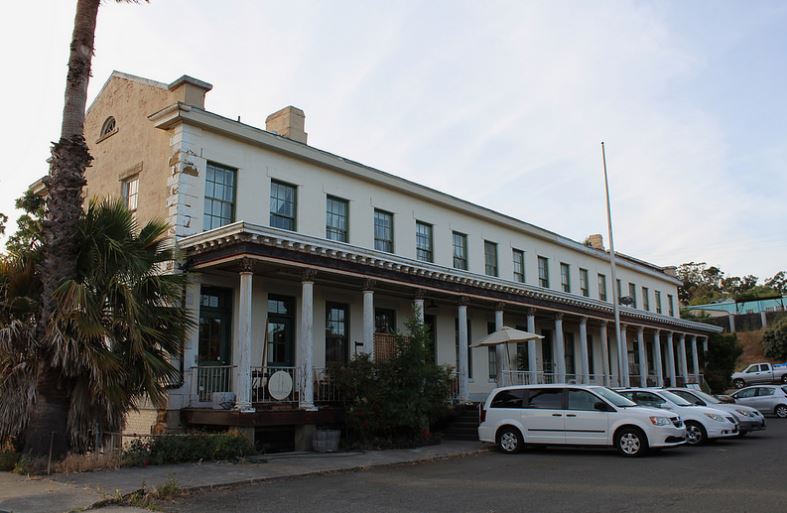You Are Here: Home > Featured Areas > The Arsenal
The Arsenal
More than a selection of buildings, the Arsenal is a place, a "district" where artists and an eclectic group of businesses create, build and innovate.
If you're a company who thrives in an environment of creativity and a passion for what you do, please contact us for space availability. The Arsenal encompasses a large area and has several buildings suitable for various uses and applications.
How it all began...
Stemming from an unusual history, the Arsenal has continued its creative use as one of Benicia’s greatest assets. Originally opening as a military installation ordered by President Abraham Lincoln in 1849, the Arsenal has shifted in purpose from moving troops to moving minds as it now serves as an innovative artists hub drawing both locals and art enthusiasts throughout the region.
Serving as the primary west coast US Army Ordnance facility, it was used as a staging area during the Civil War for Union troops throughout the West continuing through WW1. It also supplied ordnance material to the American expeditionary forces in Siberia. Notable personnel stationed at the Benicia Arsenal included Ulysses Grant, Edward Ord and Joseph Hooker. The most famous use of the Arsenal was the supplying of munitions to Lieutenant Colonel Jimmy Doolittle for the first bombing raid on Tokyo April 18, 1942, launched from the USS Hornet.
The commanding presence of the Arsenal does not come from its purpose alone. Built by Italian architects, the buildings have a distinct European look and feel. Clock towers, intricate molding, brick work and ornamental facades are visually interesting and an understandable attraction to modern day artists.
Perhaps the most interesting bit of history is the use of the Arsenal to house the only Camel Corps in all of the US Army. The short-lived Camel Corps was disbanded in 1863, but the Camel barns, build in 1855, remain and now house the Benicia Historical Museum.
Setting the stage for the bustling economy that is Benicia today, the Arsenal employed, at its peak, 6,700 workers with women comprising nearly half of the civilian workforce.
The Benicia Arsenal was deactivated in 1963 and closed the following year. As mentioned above, it has been redeveloped as creative work and sales space for artists and those companies with a passion for what they do.
For more information on the Arsenal, please visit the Benicia Historical Museum at the Camel Barns



